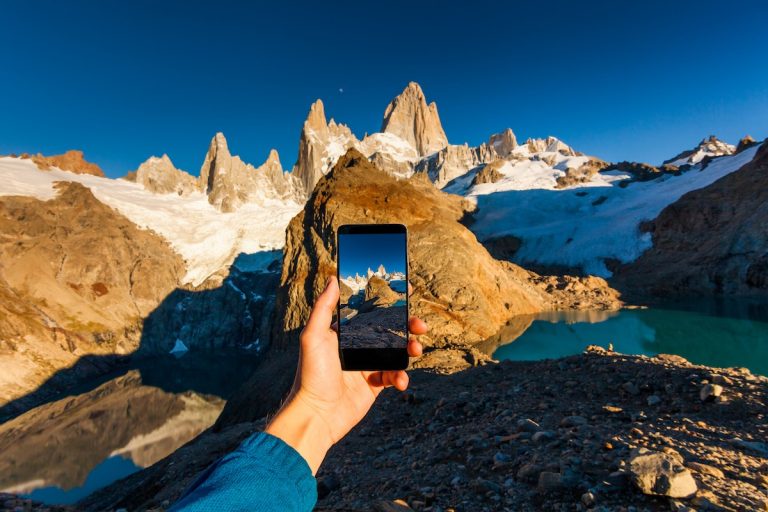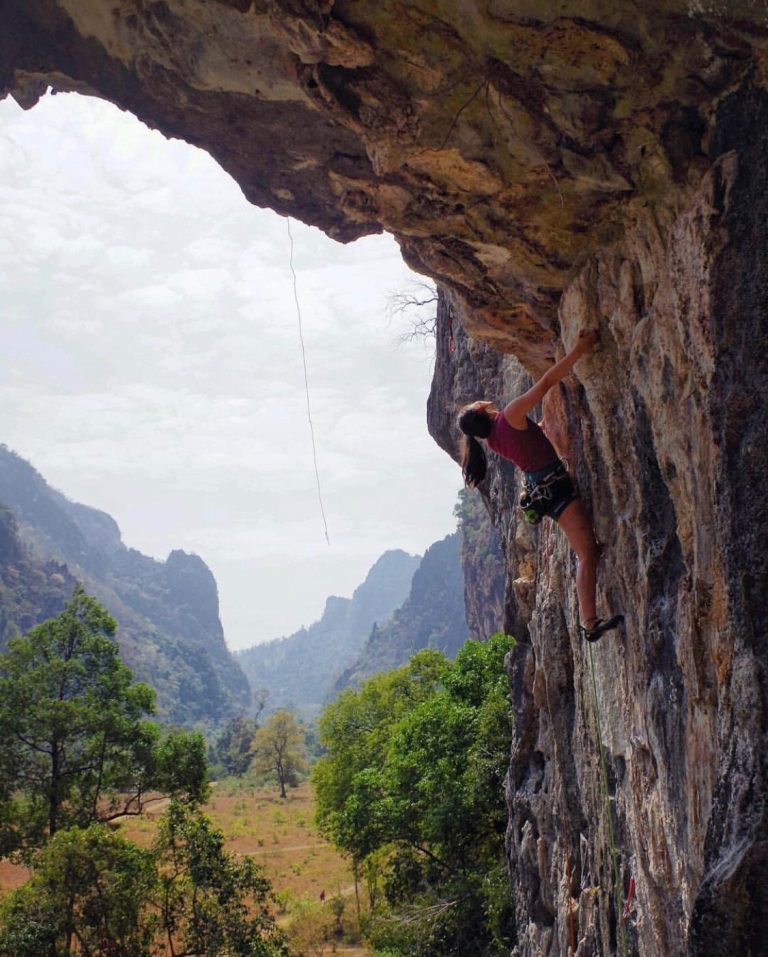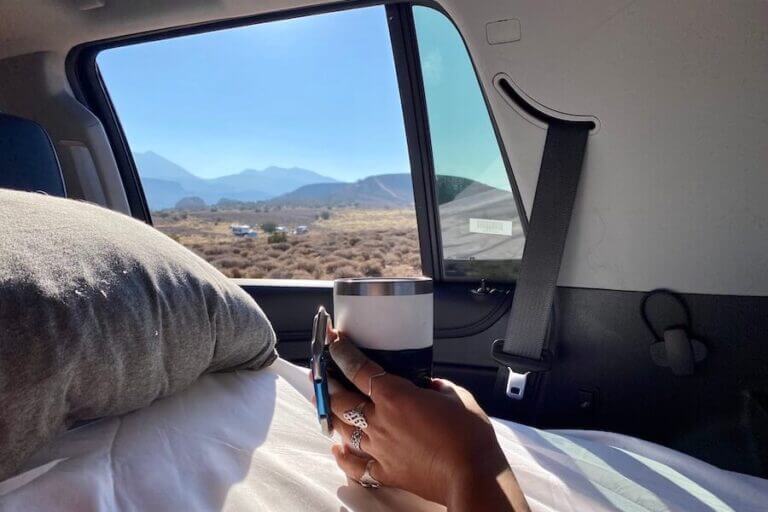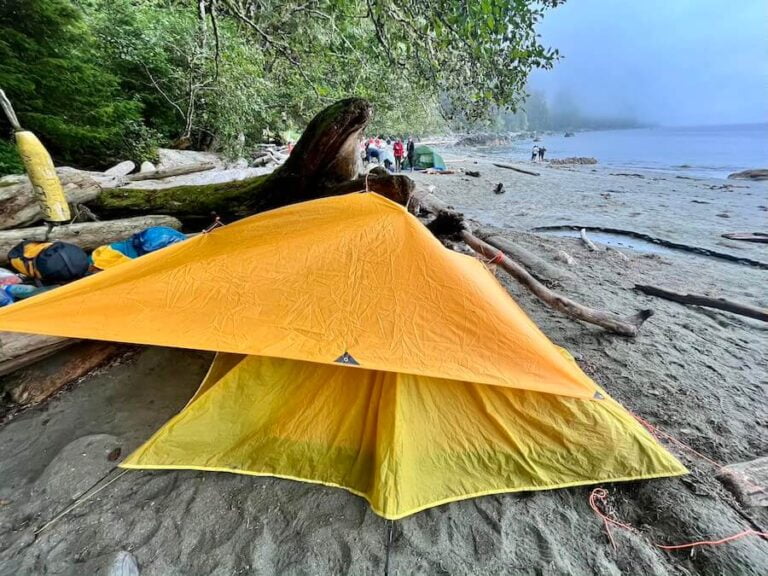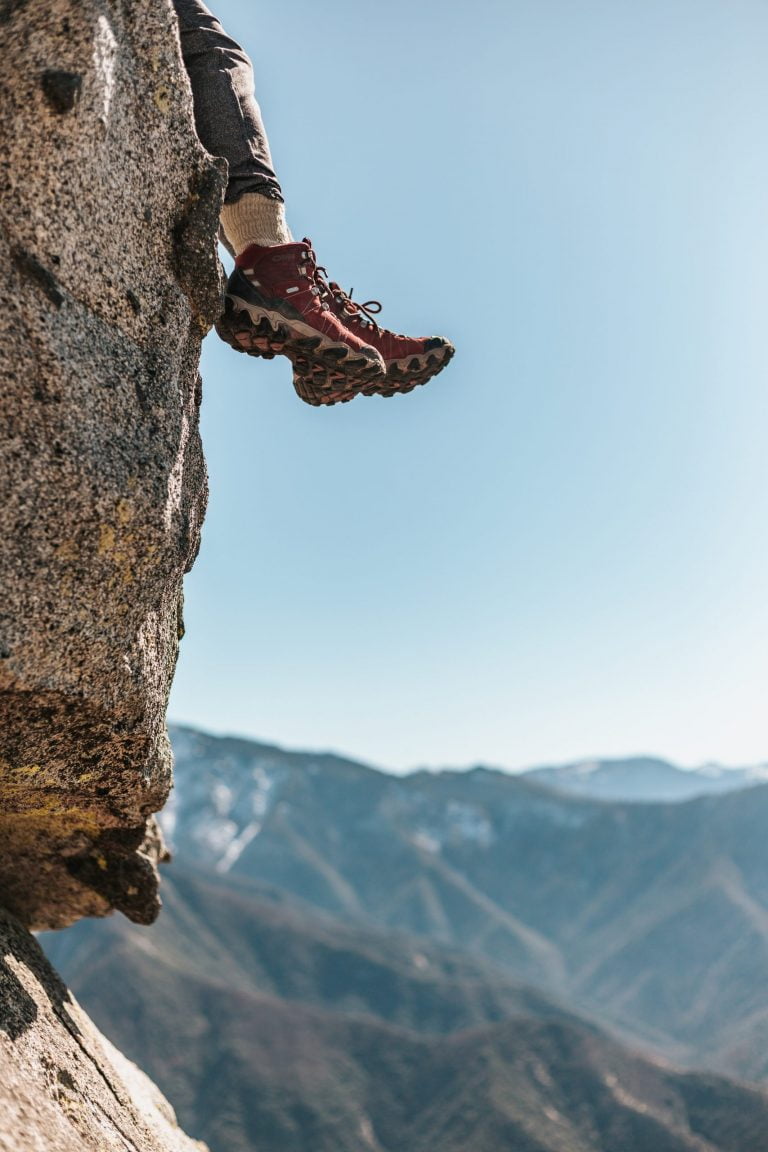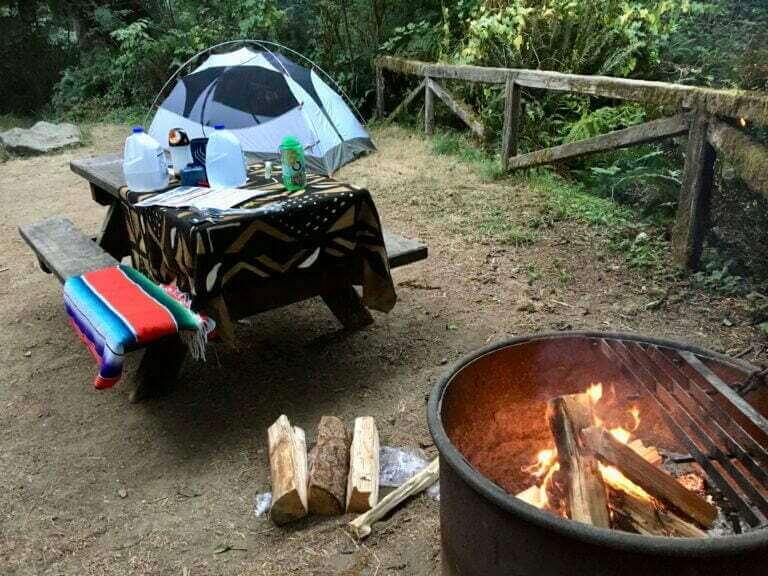Long-Distance Hikes In South America Most People Don’t Know About
South America is a backpacker’s paradise, offering abundant natural landscapes and no fewer than four climate zones: tropical, temperate, dry, and cold climates. If you’re an adventurous person looking to go hiking or multi-day backpacking, this continent will be just your ticket.
Several regions, such as the Andes in Peru, Chile, and Argentina, attract international visitors. For instance, nearly half a million people visit the Inca Trail to Machu Picchu in Peru annually.
Climate and Trekking in South America
Before you start packing, it’s best to be prepared for South America’s geographical and climactic diversity. The continent includes zones as different as the tropical coastline rainforests in countries like Colombia and Brazil to the dry deserts and mountains of Chile and Argentina.
In mountain ranges like the Andes, climate zones vary greatly at different elevations, such as humid and warm at the bottom, temperate in the middle, cool and dry higher up, and freezing temperatures at the top.
Understanding two key climate differences will help you plan your trek accordingly.
First, the world’s Southern Hemisphere has a reverse summer to the Northern Hemisphere. So, countries like Chile and Argentina will have their summer season while the U.S., Canada, and Europe have winters.
Second, some South American countries have dry and rainy seasons, meaning it is best to visit during the dry season when you do not risk cold, wet weather.
Below, I’ve listed four examples of the best times to hike in four regions:
- Argentinian Andes: November to March
- Chilean Andes: September through April
- Colombian Sierra Nevada: November to April
- Peruvian Andes: May to October
As you can see, the “best time” varies greatly by region and country.
Regardless, with planning, South America is a perfect destination for multi-day hikes. This post will explore several incredible long-distance hikes in Peru, Chile, Colombia, and Argentina.
Four multi-day Long-Distance Treks in South America
1. Ausangate Trek and Rainbow Mountain, Peru
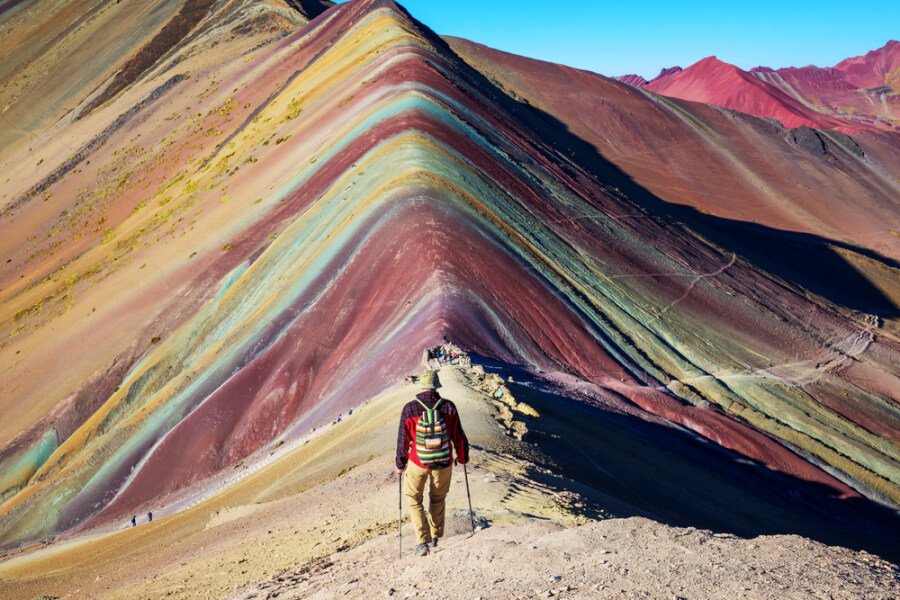
If you’ve ever followed a travel influencer on social media, you’ve probably seen the striped “Rainbow Mountain” (Vinicunca) near Cusco, Peru (it’s also nicknamed “Montaña de Siete Colores,” or “Mountain of Seven Colors”). The colors include red, green, white, brown, and yellow. The mountain’s natural minerals include clay, quartz, sulfurous rock, and more.
There are multiple day hikes and horseback excursions ranging from 4-10 miles (6-16 kilometers) long to Rainbow Mountain. However, you can hike the Ausangate Trek as a 3- to 7-day journey over about 41 miles (65 kilometers).
Who This Hike is For
This hike is best for travelers looking for a strenuous trek who have gone on at least a couple of multi-day backpacking trips. Whether you do this as a day hike or backpacking trip, charge your camera; you’ll end up with the most eye-catching photo of the year.
Best Time to Visit
The best time to hike Rainbow Mountain is from May to October, the dry season in Peru. This trail is also open year-round, but you should avoid the trek if it rains.
High Altitude Considerations
Rainbow Mountain sits at 17,000 feet (5,180 feet), meaning almost everyone will experience altitude sickness to some degree. Physical exertion can worsen your condition, and the elevation can increase the chance of dehydration. Prepare yourself by adjusting to high altitude for at least two days, and drink and pack lots of water.
Hire a guide at Rainbow mountain here.
2. Torres del Paine “W” Circuit, Chile
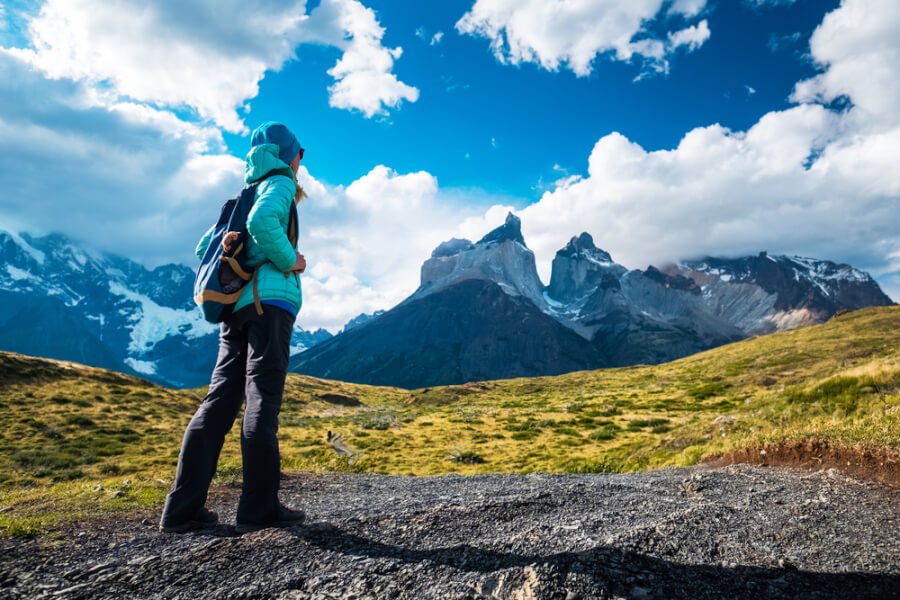
If you’re a backpacker visiting Chile, you’ll undoubtedly want to see the Torres del Paine (which means “Blue Towers” in both Spanish and Tehuelche (Native) languages. UNESCO designated this park as a “World Biosphere Reserve.”
One of the most popular but strenuous backpacking routes in this park is the 3- to 5-day “W” trek, named so because the letter “W” is the shape of your hike. This bucket-list sendero (hike) is 43 miles or 69 kilometers long. The route features high-elevation lakes, glaciers, ice fields, snowy terrain, and stunning vistas of granite mountains.
Who This Hike is For
This hike is for people who have gone on at least a couple of multi-day backpacking trips in mountainous terrain and are prepared for unpredictable weather and remote wilderness trekking.
Best Time to Visit
The best months to hike this park are September through April, the summer in the world’s Southern Hemisphere. You can plan a mid or late-September or early-October hike to avoid crowds and higher fees. However, most hikers prefer to make the trek between November and March, with more daylight and warmer temperatures. However, this is generally a wet and windy region, so you should prepare accordingly, regardless of which month you visit.
Guides
During some shoulder-season months, like September, October, and March, you may be required to hire a guide. However, during the peak months, you may opt out of a guide.
Hire a guide at the Torres del Paine here.
Overnight Reservations
Reservations are required for the refugios (campsites) at the Torres del Paine National Park. Visit the reservation website here, in both English and Spanish: https://aspticket.cl/index.xhtml.
3. Lost City, Colombia

While Peru is world-famous for its archaeological ruins, Colombia boasts another hidden gem: “Cuidad Perdida” (literally, “Lost City”). You may only see this lost city on a 3- to 4-day guided tour through the Sierra Nevada de Santa Marta mountains. The path takes you through steep jungle terrain where indigenous Colombians still live. At the end of your trek, you’ll walk up a set of steps and enter the lost city, now covered in tropical jungle foliage.
Who This Hike is For
This hike is for people interested in historical and archeological sites who have gone on at least one multi-day backpacking trip. Hikers should also be prepared for a rainy, muddy, and sweaty trek through the humid jungle.
Best Time to Visit
The climate in this part of Colombia is tropical, meaning most of the year is hot and humid. So, the best months to visit are the dry season, from late November to April. As this is a hot and humid region, bring sun protection, a hat, and loose, lightweight clothing that dries quickly. Expect rain, even during the dry season.
Guides
You are required to hire a guide for your visit to the Lost City, as the path crosses indigenous residential areas. A tour costs a few hundred dollars and includes lodging, food, water, and snacks.
You can join a hiking group here.
4. Laguna de Los Tres, Argentina

For backpackers looking to see South America, few places compare to Argentina’s Patagonia mountains, such as Los Glaciares National Park, a UNESCO World Heritage Site due to its unique alpine beauty.
One popular trek in Los Glaciares is the strenuous 15-mile (24-kilometer) “Fitz Roy” trail that leads to the glacial lake Laguna de Los Tres, where you can see the park’s three renowned peaks: Fitz Roy, Poincenot, and Saint-Exupéry. Hikers can camp along the way at backpacker sites or make this a long day hike if they’re feeling strong.
Who This Hike is For
This hike is for outdoorsy people who have gone on long hikes or at least one backpacking trip in mountainous terrain and would like to see Patagonia in only one or two days.
Best Time to Visit
The best months to hike this trail are November through March, the summer months in Argentina. Expect strong winds and cold temperatures in the mountains, especially near the glaciers.
Guides
Guides are not required to hike Los Glaciares, National Park. However, newcomers to Argentina may still want to hire one or join a hiking group for this trail.
You can join a hiking group here.
Overnight Reservations
Reservations are not required for overnight camping. There are multiple types of lodging, like free and paid campsites, budget hostels, and hotels in El Chalten, the nearest city.
Other Popular Trails
South America has many popular long-distance trails, such as:
- The Inca Trail, Peru
- The Greater Patagonian Trail, Chile and Argentina
- Santa Cruz Trail, Cordillera Blanca in Peru
- Aconcagua Trail, Argentina
- El Choro Trek, Bolivia
- Quilotoa Trail, Ecuador
Preparing for a Long-Distance Hike in South America
Hiking for a long distance in South America requires a lot of planning, particularly for the weather and climate zones.
What to Pack
Consider the season, terrain, and local climate when packing for South America. If it’s a rainforest trek, you’ll need quick-drying and waterproof or water-resistant clothing layers. If it’s a mountain hike through the Andres, you should prepare for technically rocky paths, quickly-changing weather, wind, rain, and snow.
How to Train
Like most long-distance hikes, you should train physically for the arduous trek ahead. Increase your training in the weeks and months before your hike, including hiking, running, and other cardio sports.
How to Stay Safe on the Trail
South America has many hiking risks, such as altitude sickness, dehydration, and hypothermia. For high-altitude hikes like those in Peru, prepare by gradually acclimating to higher elevations and taking any necessary remedies (locals love drinking tea that helps them with elevation). You should always prepare for the sun, particularly in higher elevations and closer to the equator, where the sun can be harsher. In rainforests, dehydration is even more likely as you’ll sweat more. So, bring electrolytes and drink more water than you ordinarily do on a walk.
Finally, to stay safe outdoors in South America, you can invest in a satellite communicator device that helps you if you need to call in an emergency. Devices like the Garmin inReach can help you, no matter which country you’re hiking in.
Hiking Permit Requirements and Regulations
Finally, remember that certain parks and forests require permits, as you may be walking over sensitive earth, by historical ruins, or among indigenous communities. On some trails, guides may also be required.
Dare To Be A Wildflower is a participant in the Amazon Services LLC Associates Program, an affiliate advertising program designed to provide a means for sites to earn advertising fees by advertising and linking to amazon.com.
